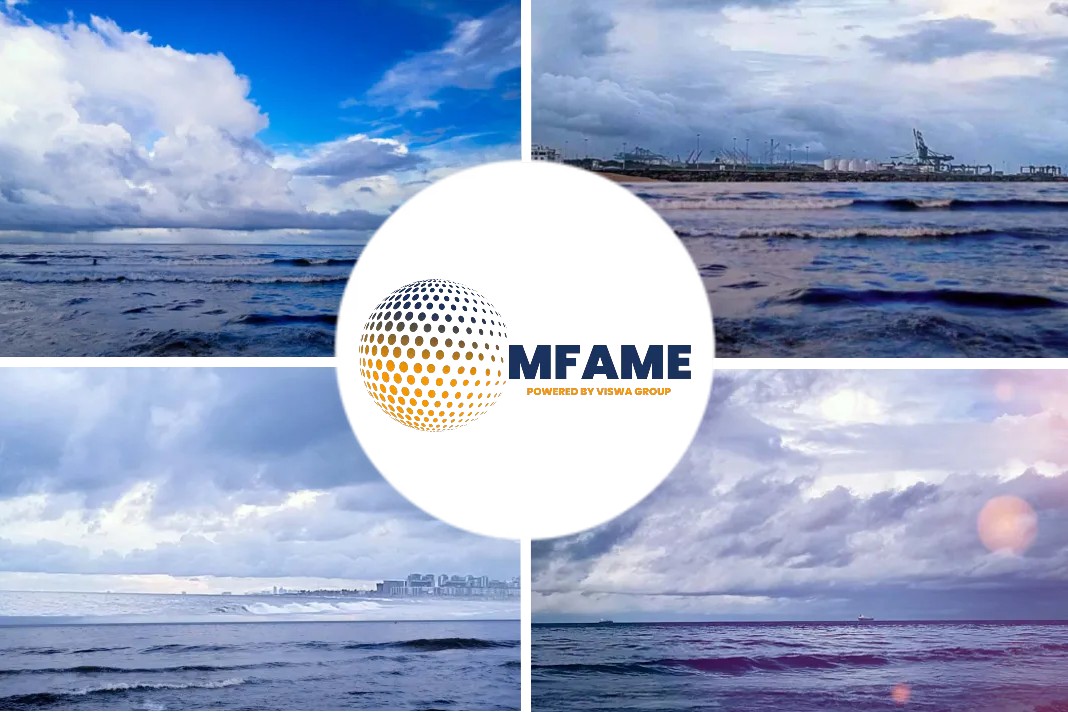At the end of last year and beginning of 2020, the Wall Street Journal put forward a detailed analysis of how the maritime industry’s impending anti-pollution rule will echo across shipping competition over the next few years.
Here’s a report of that analysis.
Operating Costs Divide Increases
The requirement to slash sulfur emissions will open a steep divide in operating costs for ship operators, the WSJ Logistics Report’s Costas Paris writes, with companies that have chosen “scrubber” exhaust systems likely to face far lower fuel costs.
That’s because analysts estimate the new low-sulfur fuel aimed at meeting the environmental mandate will cost around 30% more than conventional fuel. Vessels that are outfitted with scrubbers can continue using that heavy bunker fuel, potentially changing financial calculations for shipping customers in some markets. The gap is part of the broader economic impact operators across transportation networks are wrestling with as regulators address heavy pollution in freight operations.
The maritime world’s scrubber option is a rare instance where costs may be sharply different across the competitive field.
ECONOMY & TRADE
The global trash export trade is crashing and the results are piling up around the world. China’s decision to heavily restrict scrap imports has prompted countries including India, Vietnam and Indonesia to erect their own barriers, the WSJ’s Saabira Chaudhuri reports, triggering a seismic shift in how the world deals with its waste.
The recycling industry is in tatters amid crumbling scrap prices, and local governments that manage the flow into recycling’s reverse supply chain haven’t caught up. The heaps of trash are growing: U.S. scrap exports of plastic to China are down 89% from 2017 levels, while mixed paper exports are off 96%. U.S. plastic scrap exports to all countries are down 64%. It has become an international issue. Japan has stockpiled 500,000 tons of plastic waste while waiting for a new market to develop, while European countries are burning as much waste as they recycle.
SUPPLY CHAIN STRATEGIES
Pittsburgh International Airport is getting more closely involved in manufacturing after struggling to build up its shipping volumes. The airport is developing a manufacturing hub near its passenger terminal, the WSJ’s Keiko Morris reports, part of a $1.1 billion modernization plan that officials hope can boost a facility that’s been shunted to the side of the country’s transportation and distribution maps. In the first phase, airport officials are planning a campus for manufacturers that use 3-D printing.
The airport is offering resources including shared storage facilities and proximity to air shipping, which could cut shipping costs. The airport has been looking for tenants since US Airways scaled back its Pittsburgh hub before the airline was merged into American Airlines Group Inc. Pittsburgh has fallen short in luring new air operators since then, but bringing in manufacturers that use air services could make the site more attractive.
The Big Scrubbers Bet
“Those who put money into them made a big bet and now it’s payback time.”—George Lazaridis of Allied Shipbroking, on shipping’s scrubber exhaust systems.
Did you subscribe to our daily newsletter?
It’s Free! Click here to Subscribe!
Source: The Wall Street Journal






















